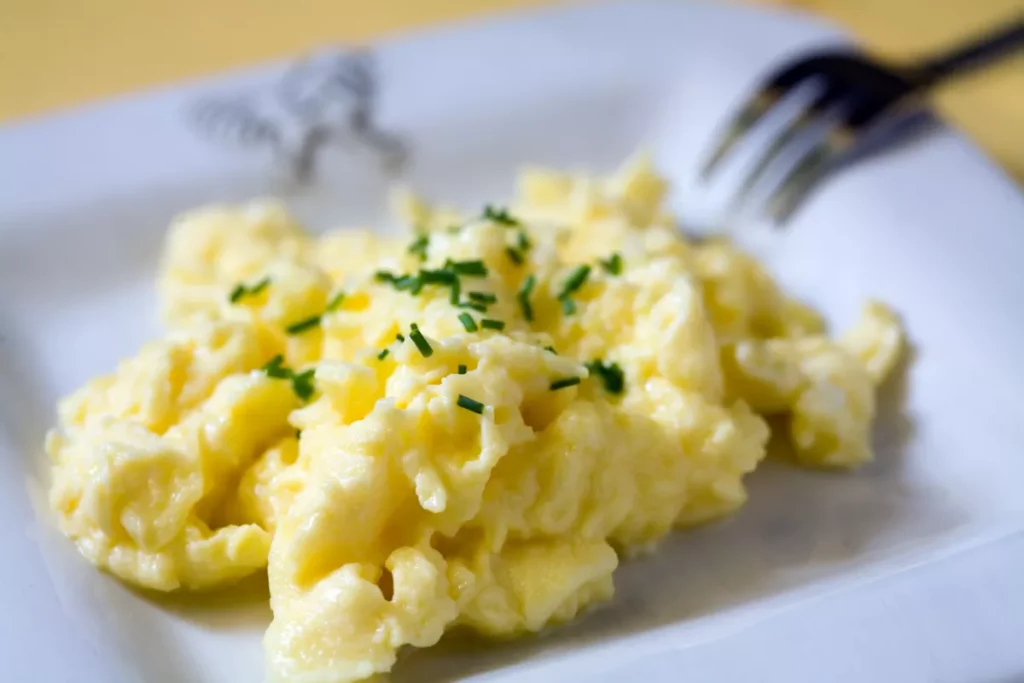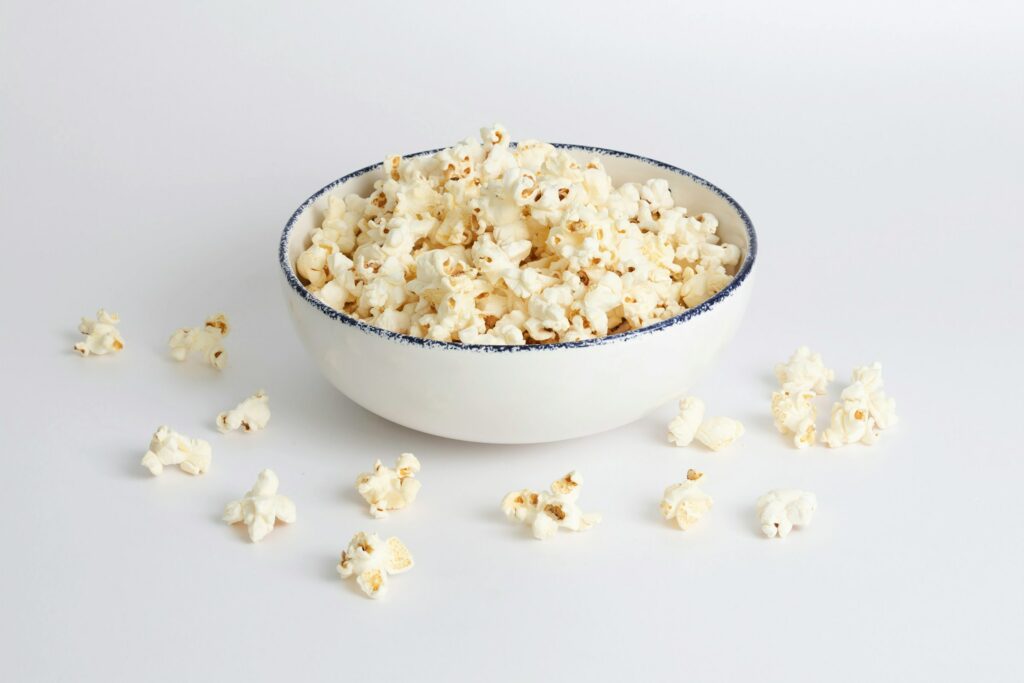Here’s What to Eat With Braces the First Week

Getting used to braces takes a little time, especially during the first week! Your teeth and gums may feel tender as they begin to shift. The brackets can also cause mild irritation along your cheeks or tongue. These sensations are normal and part of the adjustment period to living with braces.
Sticking to foods that don’t take much chewing can help you stay comfortable while your mouth gets used to the changes.
Here are some recommendations from local Colorado orthodontists about what to eat with braces the first week you have them:
What to Eat With Braces the First Week
During the first week with braces, your mouth will be sore and chewing can feel like a challenge. To avoid extra discomfort or damaging your brackets, stick with soft, easy-to-chew foods. The goal is to stay nourished without adding stress to your teeth or gums.
Here are some food ideas broken down by meal.

Best Breakfast Ideas
- Scrambled eggs
- Oatmeal or cream of wheat
- Smoothies with soft fruits
- Soft pancakes or muffins
Easy Lunches and Dinners
- Mac and cheese or soft pasta
- Mashed or baked potatoes
- Tuna or chicken salad on soft bread
- Soup (tomato, broccoli cheddar)
- Polenta, chili, or quesadillas

Safe Snacks and Sweets
- Yogurt and applesauce
- Soft fruits like bananas
- Cottage cheese or avocado
- Pudding, ice cream, or Jello
In short, choose gentle foods that don’t require much biting or chewing. Start with things like yogurt, applesauce, oatmeal, and soups, then gradually try soft meal options like pasta, scrambled eggs, and pancakes as the soreness fades.
Foods to Avoid With Braces
During your first week with braces, your teeth and gums are extra sensitive, so it’s important to avoid anything that could cause pain or damage your newly-placed brackets and wires.
Skip foods that are:
- Crunchy (like crusty bread or raw carrots)
- Chewy (like jerky or bagels)
- Sticky (like caramel or taffy)

Throughout your treatment, avoid:
- Nuts
- Popcorn
- Gum
- Hard candy
Prepare tougher foods by cutting apples or carrots into small pieces and removing corn from the cob. Smart food choices help keep your treatment on track and your mouth more comfortable.
When Can I Start Eating Normally?
Most people adjust to braces discomfort within 7–10 days. Once the soreness starts to fade, you can begin adding more foods back into your meals.
Start with soft solids such as:
- Pancakes
- Pasta
- Soft-cooked vegetables
As you feel more comfortable, slowly reintroduce firmer textures. Always avoid hard, sticky, or crunchy foods that can damage your brackets or wires. Go at your own pace—comfort is the best guide.

Managing Pain During the First Week
Some discomfort is normal during your first week with braces. To ease the soreness, try:
- Saltwater rinses (1 tsp salt in warm water)
- Over-the-counter pain relievers as needed
Keep up with gentle oral hygiene:
- Brush lightly after every meal
- Use floss threaders or a water flosser for cleaning around wires
These small steps can make a big difference in staying comfortable, in addition to knowing what to eat with braces the first week they get put on.
Frequently Asked Questions (FAQ)
How long will my mouth be sore after getting braces?
Most people feel discomfort for 3–7 days, though some may take up to two weeks to fully adjust.
Can I eat sandwiches the first week?
Yes, but stick to soft sandwiches with no crusty or toasted bread. Use easy to chew fillings like egg or tuna salad.
Is it okay to drink smoothies every day?
Definitely—just be mindful of added sugars. Always brush afterward to prevent buildup around brackets.
What’s the best comfort food with braces?
Mashed potatoes, mac and cheese, and yogurt are all soft, soothing options that won’t irritate sore teeth. Soft ice cream is another favorite!
How can I tell when I’m ready for solid food again?
Let comfort guide you. If chewing no longer causes pain, try soft solids like pancakes or pasta and increase gradually.





